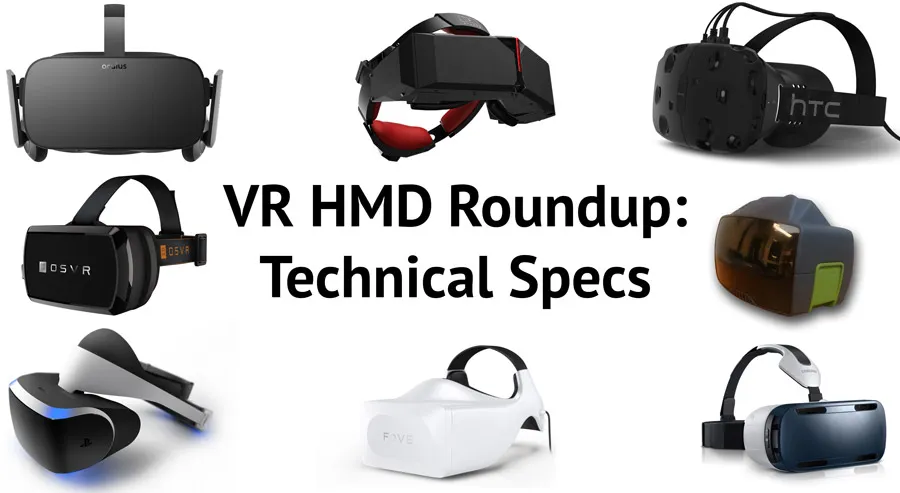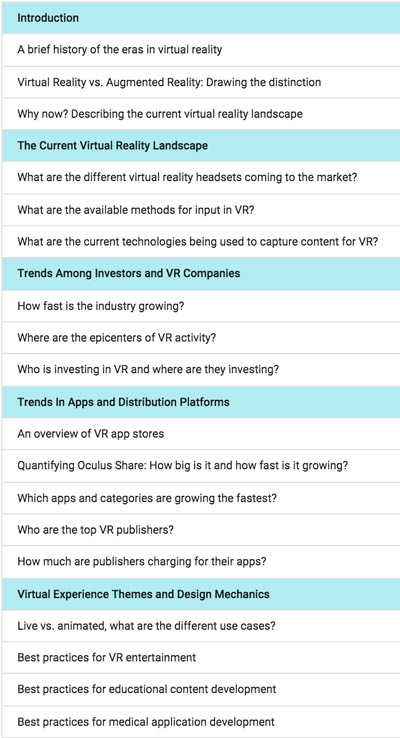It has been nearly three years since Oculus released their first development kit of the Oculus Rift, known in the VR community as the DK1. The device brought with it unprecedented low latency, high field of view, and quality of display in a package and price that was suited for the consumer. But the journey was far from over. The team grew, competitors arose, and new breakthroughs seemingly happened every day. First, at GDC 2014 we got the second development kit, bringing with it one of the most important jumps so far for VR, positional tracking. Then, at the same conference, we got Sony’s Project Morpheus which utilized hand tracked input – the first of what would become a trend.
Over the last year and a half, the industry has exploded aided in part by a $2.1 billion acquisition of Oculus by Facebook. That acquisition set in motion a number of things which have lead us to the landscape we see today. Prior to the relationship with Facebook, Oculus was working with Valve to “drive PC VR forward.” But after the acquisition, that relationship fractured in some way (how bad of a breakup it was depends on whom you ask). According to a report by Rock Paper Shotgun managing editor Graham Smith on the Crate and Crowbar podcast, after the acquisition “Valve went with plan B.” Plan B was a relationship with HTC, a relationship which one year later yielded the HTC Vive, which brought the whole room into VR with the open Lighthouse system.
Since that announcement, Oculus has traded blows of its own announcing the consumer version of the Rift, along with its own set of hand tracked controllers which are in some situations better than the controls that currently come with the Vive (which are not yet finalized). We have also seen the rise of a few other contenders including FOVE, which brought eye tracking to VR and became one of the first headsets outside of the Vive to adopt Valve’s Lighthouse tracking system. Innovation continuously begat innovation and the laws of technological convergence and Moore push the industry forward.
As we stand on the precipice of virtual reality’s consumer birth, it is important to have the ability to survey the landscape at a glance. To that note, we have compiled a table outlining the known specifications on each of the different VR headsets that are coming to market.
Interested in learning more about the Virtual Reality landscape? We have teamed up with Greenlight VR, the leading data company for VR research, to build the most comprehensive industry report available. The 120+ page report is available now and can be purchased on Greenlight’s website.
Here is what you will find within the report:
Don’t be left in the dark, get your copy today!





























